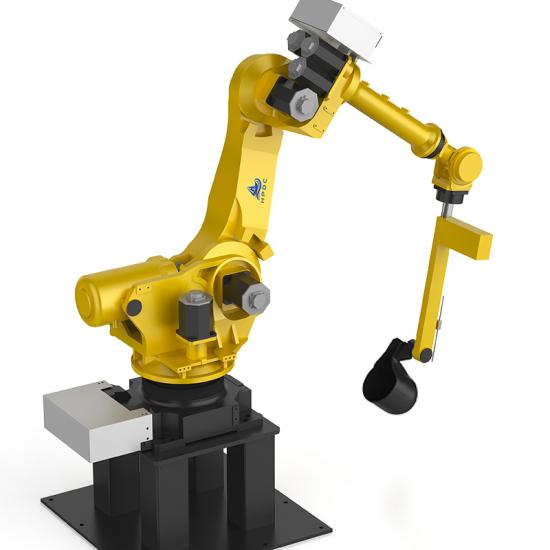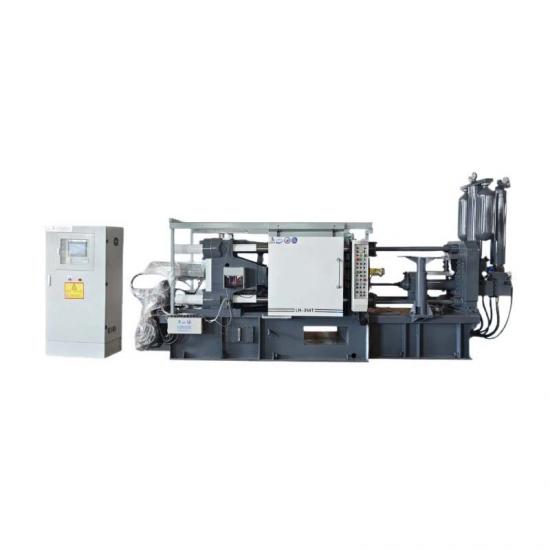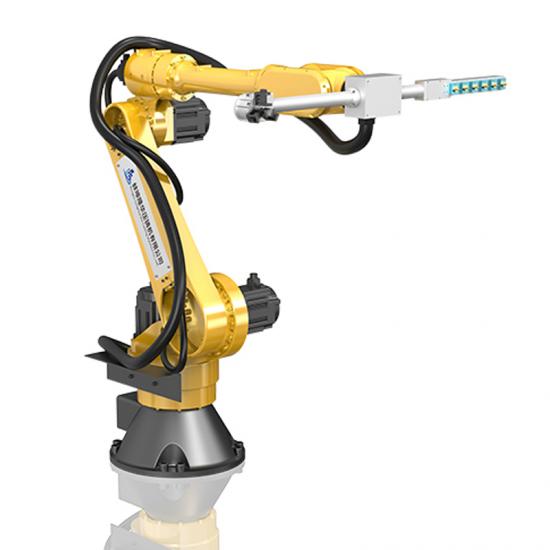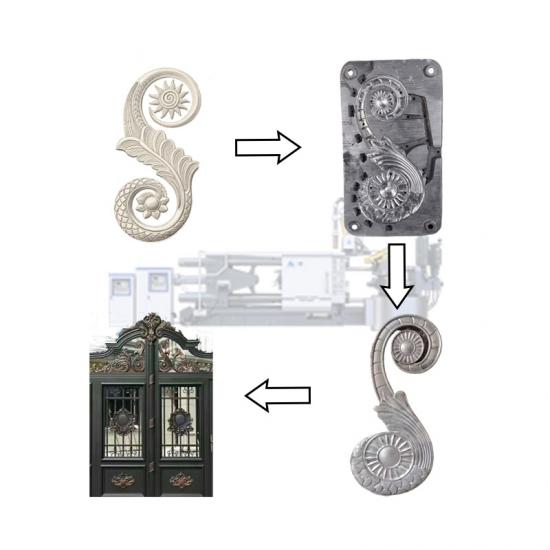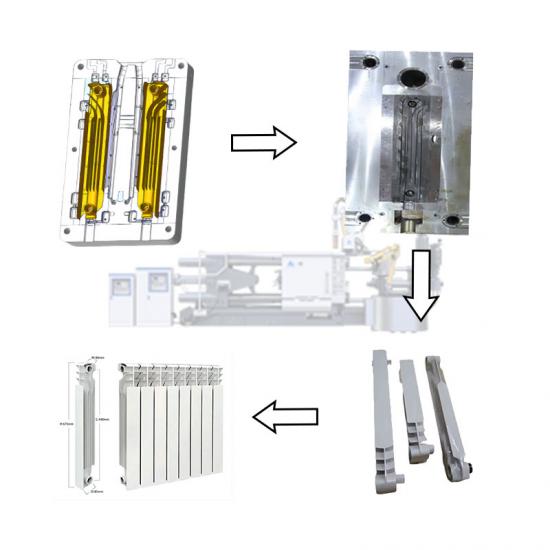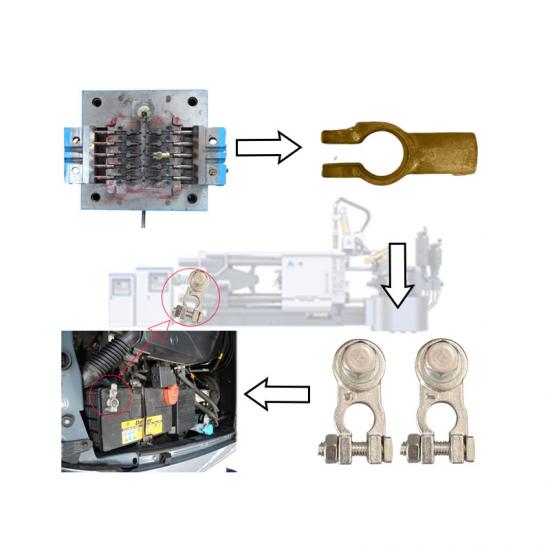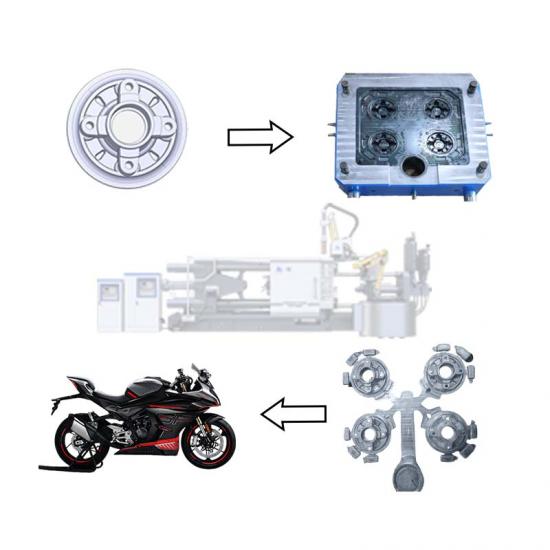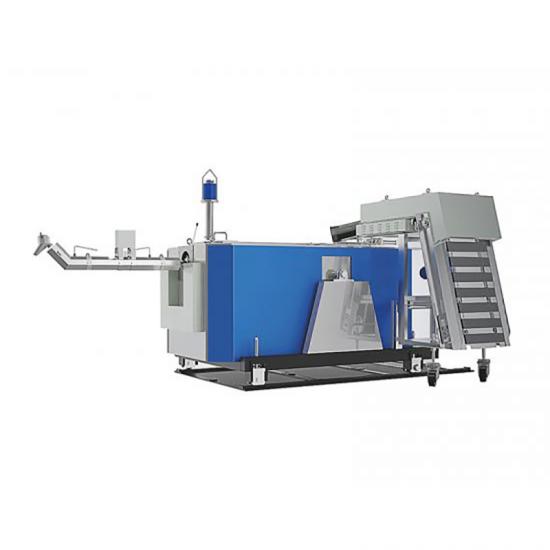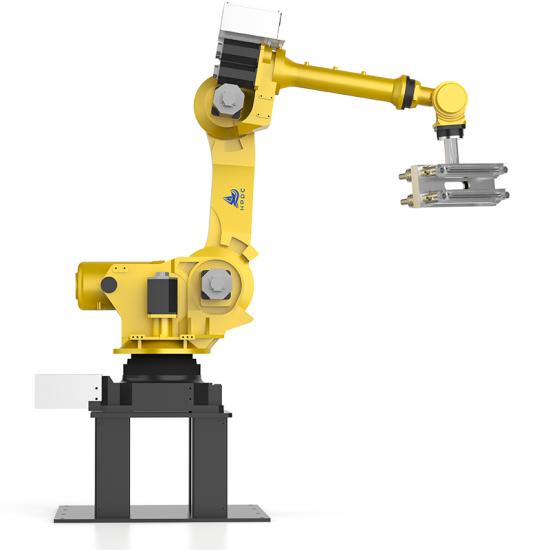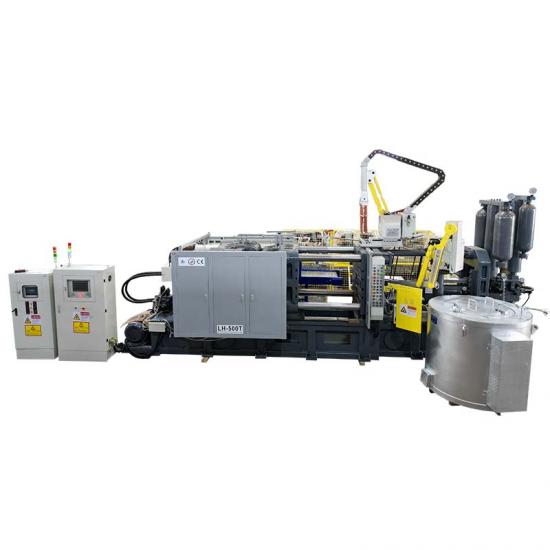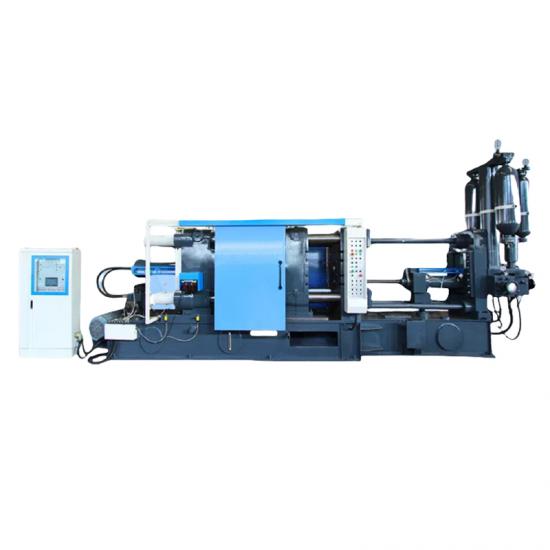Mold use and maintenance manual
After the acceptance of the mold, in order to make the mold to maintain the best performance state and prolong the service life, to ensure the normal production and product quality, to reduce the production cost as far as possible, when the mold is used, please follow the following items for necessary maintenance and maintenance.
Mold production specification
Inspection and installation requirements before mold production
Before starting work, you must wear protective equipment, such as hard hat, work clothes and labor protection shoes. Wearing short-sleeved shirts, shorts and slippers is strictly prohibited.
Before the installation of the mold, first of all to confirm the die casting machine specifications and mold design requirements to match.
The die caster must have a thorough knowledge of the mold structure, including:
Check whether the mould has core pulling (dynamic mould core pulling, static mould core pulling, oblique rod core pulling and hydraulic core pulling).
Whether it is necessary to install the pre-reset pull rod or strong spring of the ejector rod.
Check whether the combination size of sprue sleeve, flange and melting cup is consistent.
Confirm if it is the center sprue.
Check the top bar position for no interference and ejection balance.
Replace the molten cup punch according to the mold condition and adjust the injection lifting mechanism when necessary.
Check the outer fastening bolt of the mold again, and confirm that there is no loosening phenomenon, the mold can be installed on the machine to ensure reliable installation of the mold.
Check the die casting machine and mold moving template and static template mounting surface: no foreign body, no high point.
Mould in die casting machine, to the right after tighten-up platen and installation is firm, and then to idle mode of the mould, check whether mold opening and closing smoothly and observe its each part movement is flexible, whether there are abnormal phenomenon, the ejection stroke, open schedule is in place, it fits the profile at the closing time, closely linking piece screws are tight, waterway, the oil was clear.
Check the running of sliding parts on the mold. Such as guide post, guide sleeve, thimble, push rod ejection and other moving parts (bit) should be observed at any time, regular inspection, timely scrub and add lubricating grease, in order to ensure the normal and flexible operation of these sliding parts, to prevent tight biting dead. Adjust die closing, ejection pressure and distance, and install various auxiliary parts (such as water pipe, oil pipe, air extraction device). During the debugging process, check whether there is any damage, leakage or blockage in the connection of water pipe and oil pipe.
When the pressure plate bolts of the mold installation are firm and do not become loose, the mold will continue to open and close the die casting machine for three or four times for debugging. When the opening and closing are smooth and there is no abnormal situation, the test production of the mold can be started only after the workpiece is stable, reliable and flexible. In the production process, the guide part and the sliding part of the mold should be cleaned and lubricated frequently to ensure smooth, in place and free of stuck.












